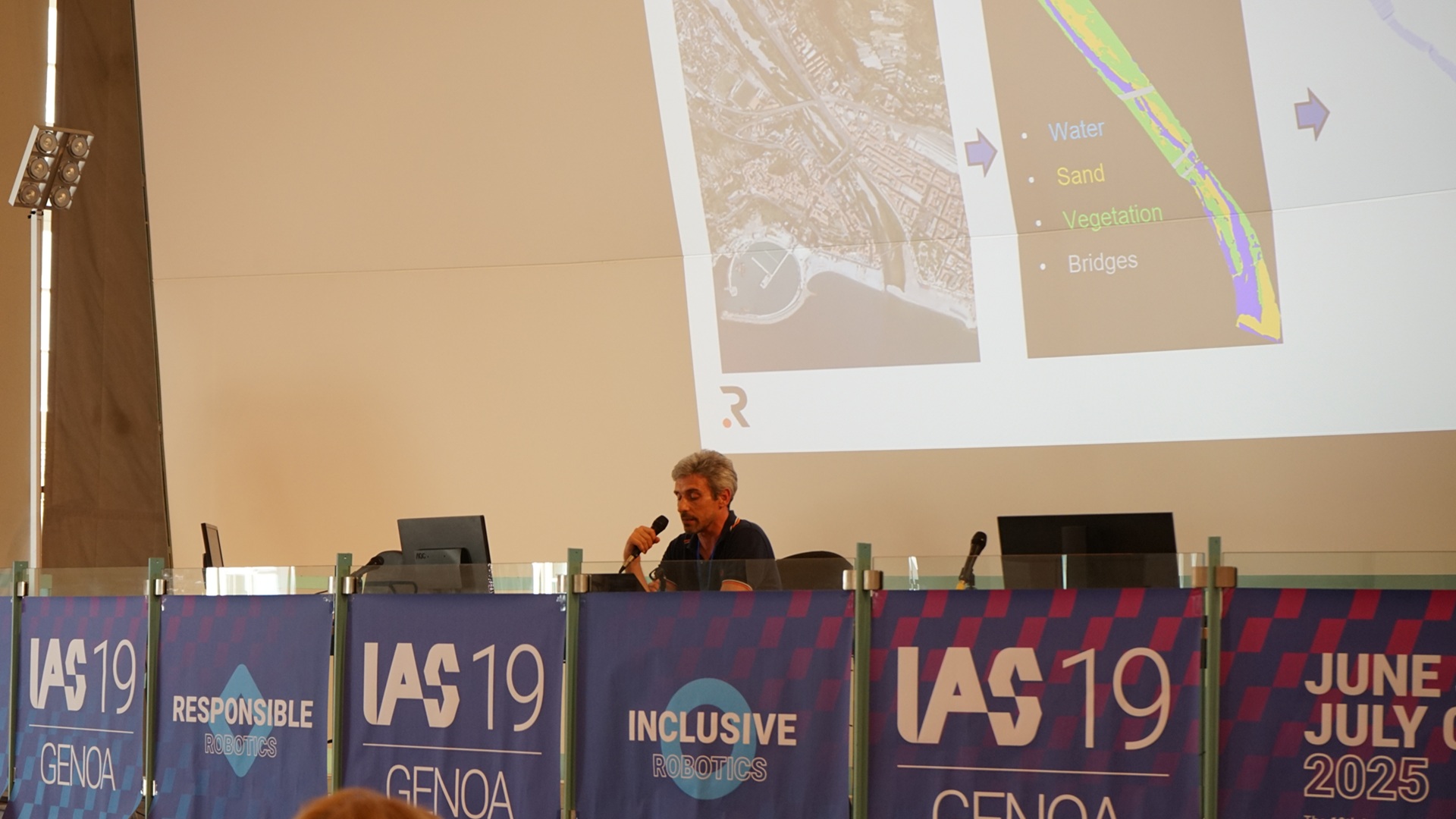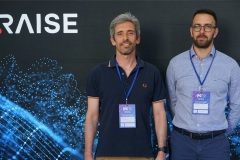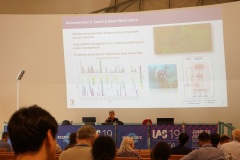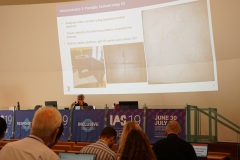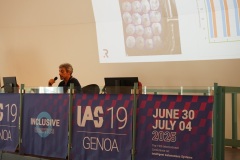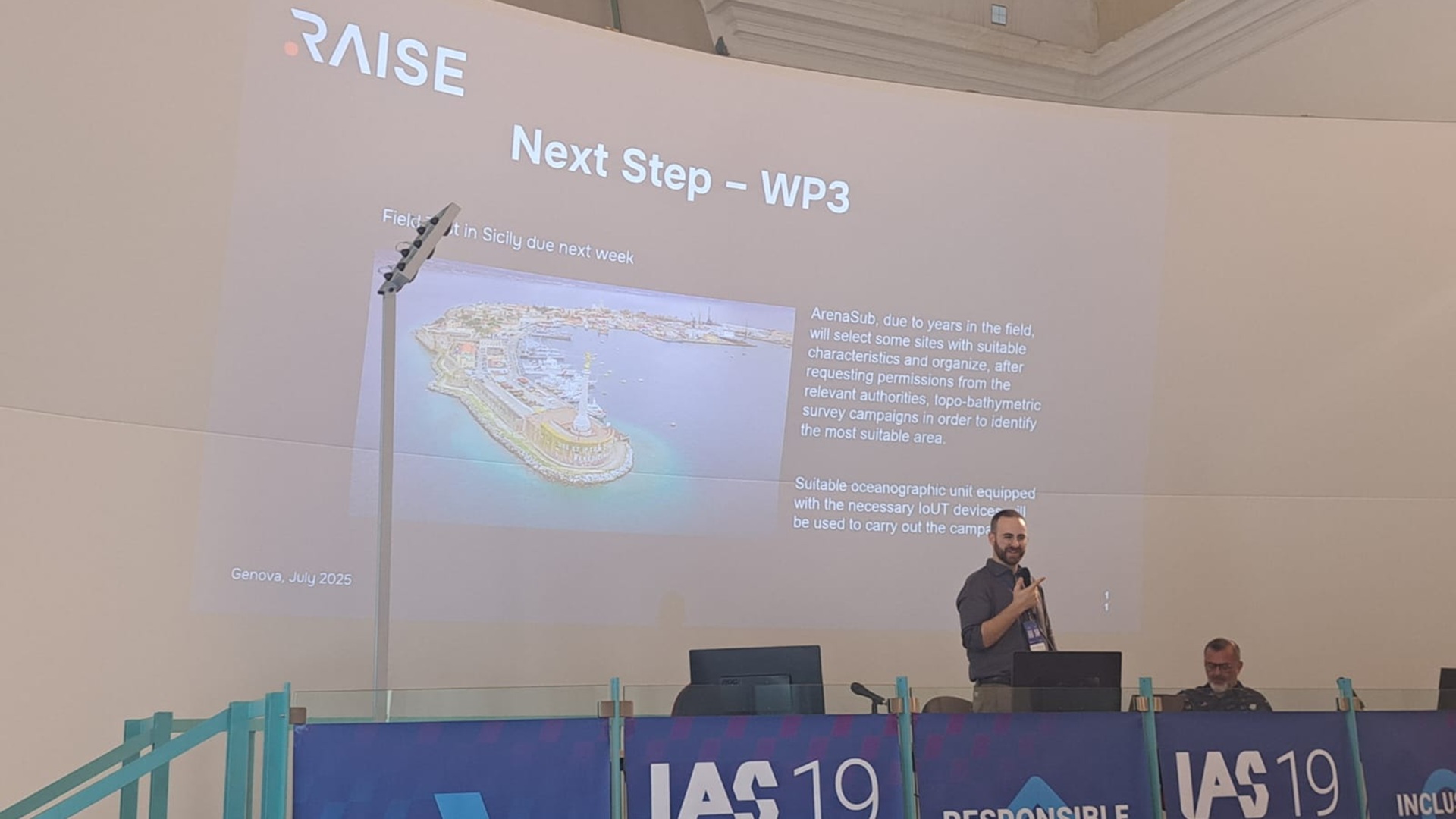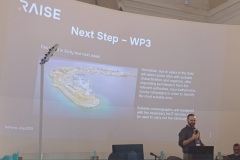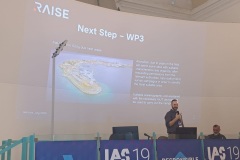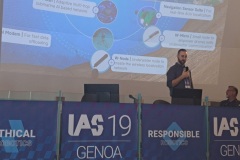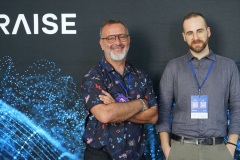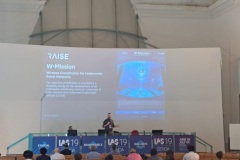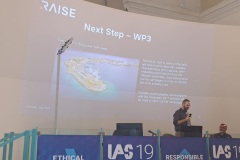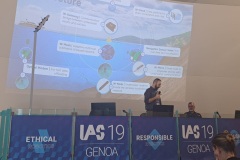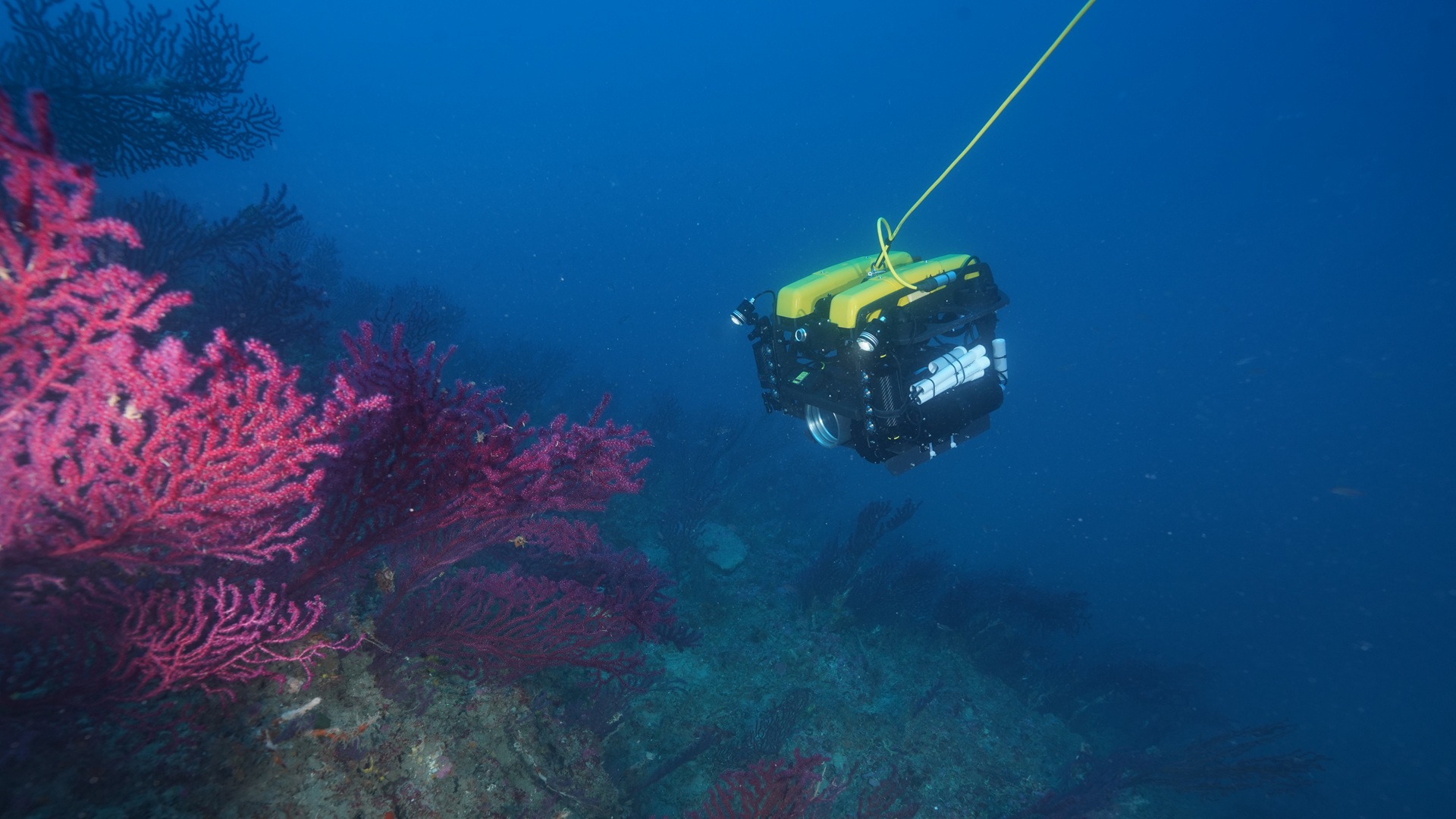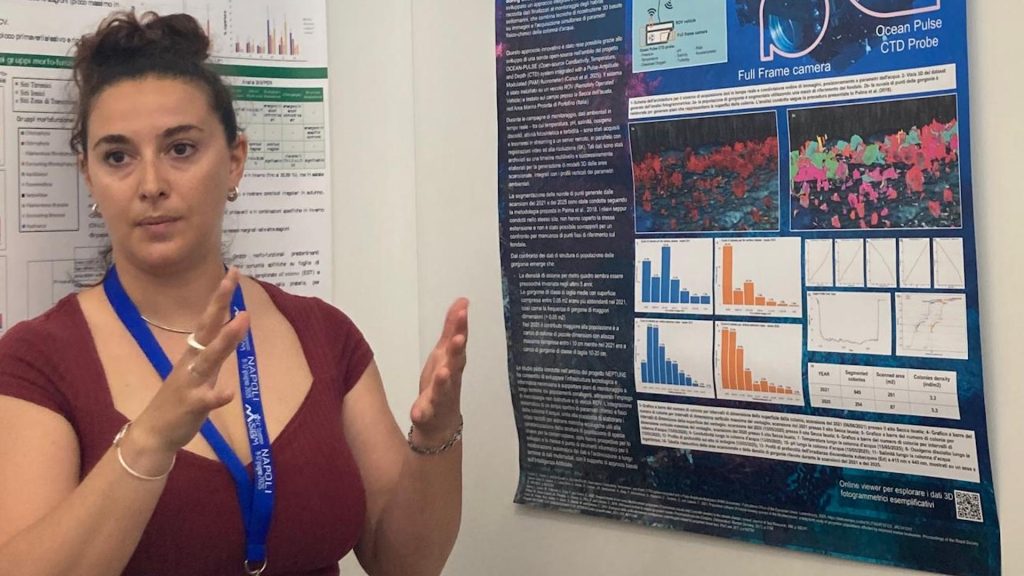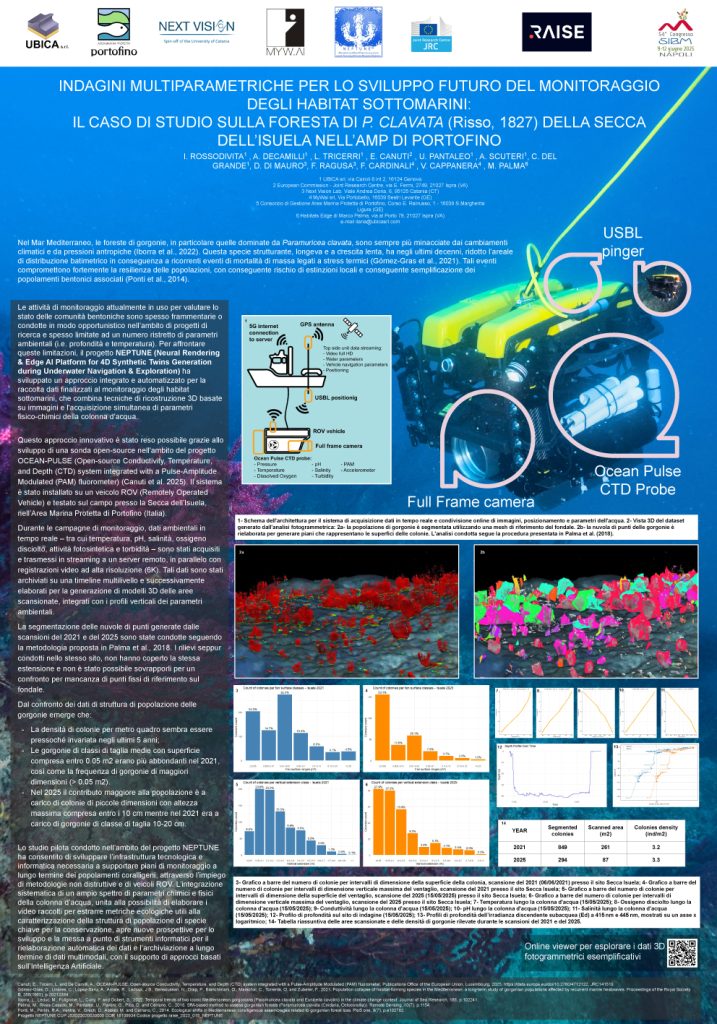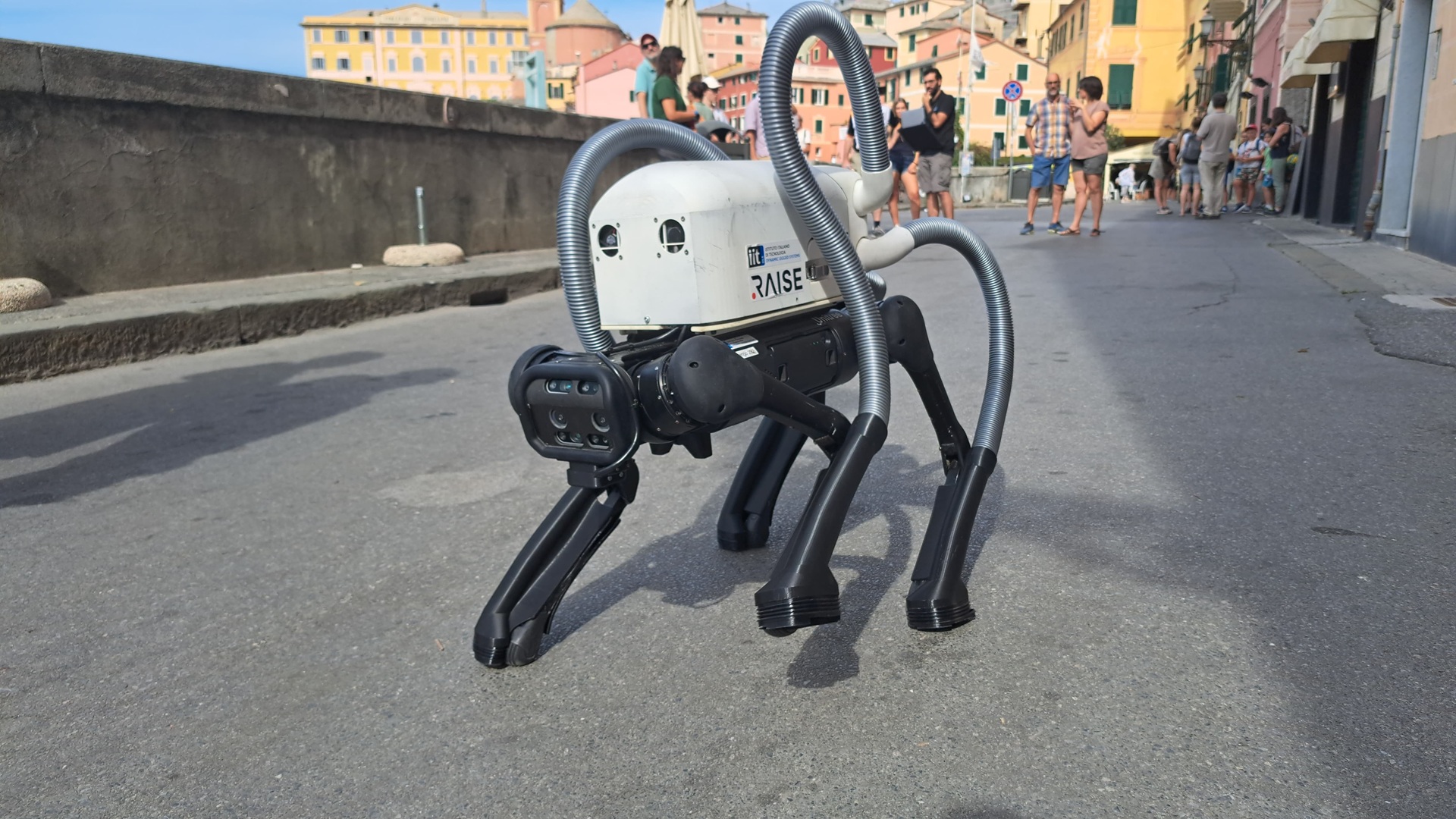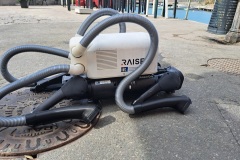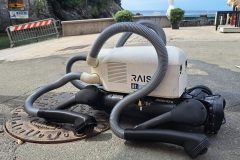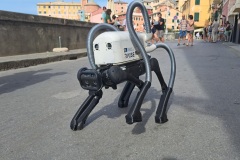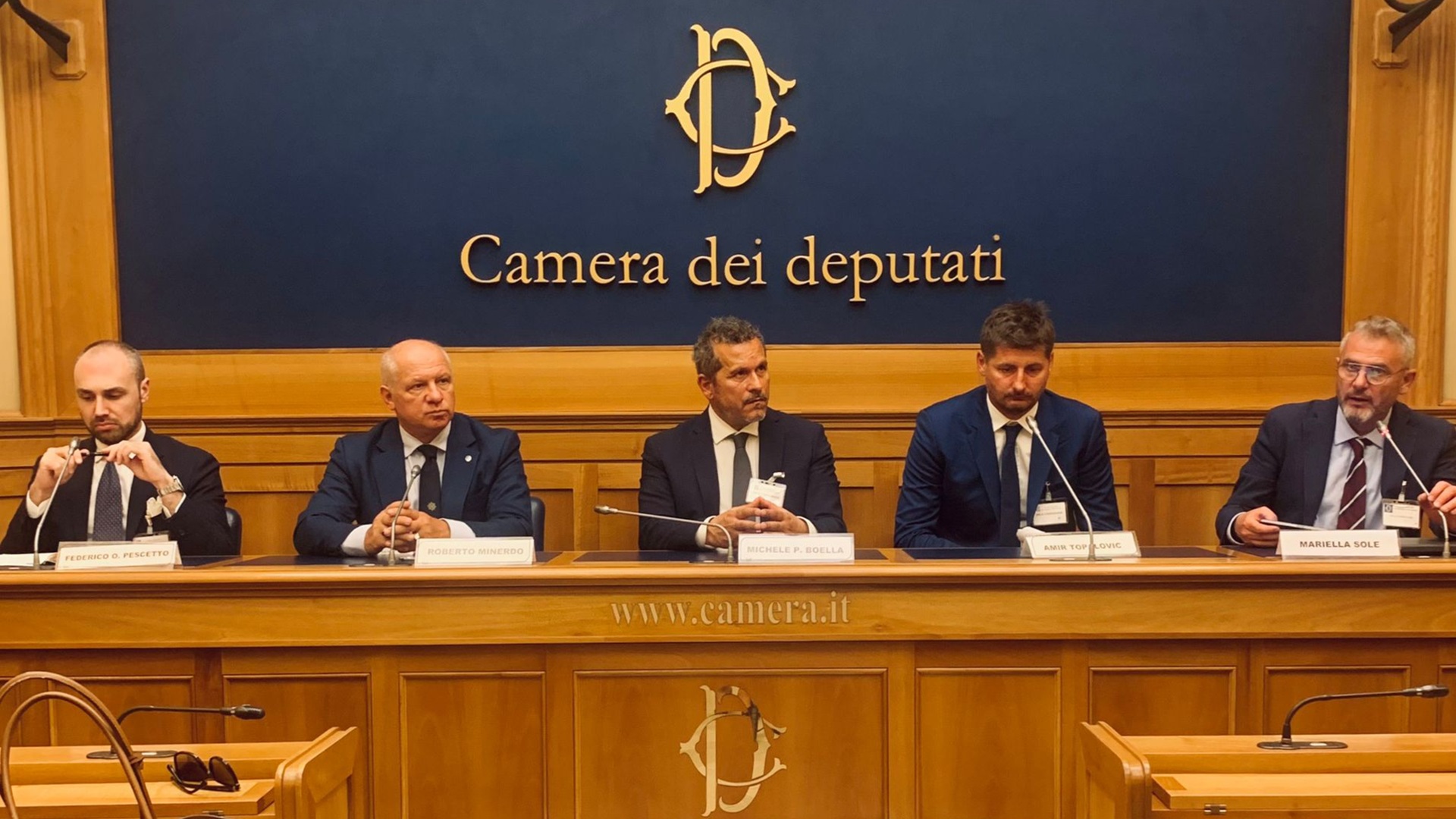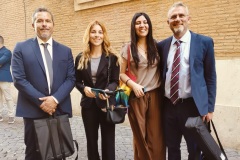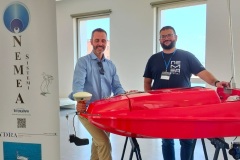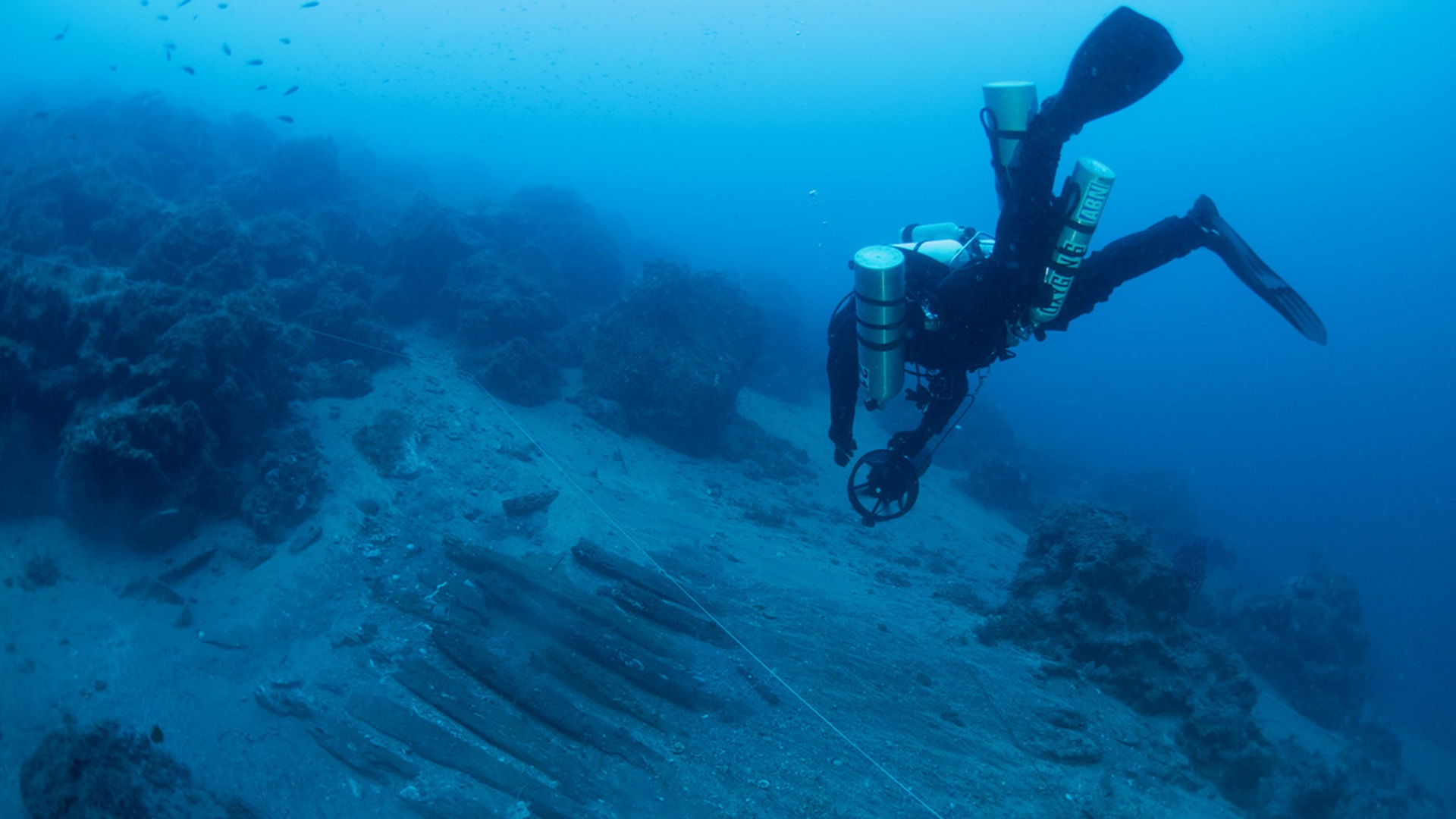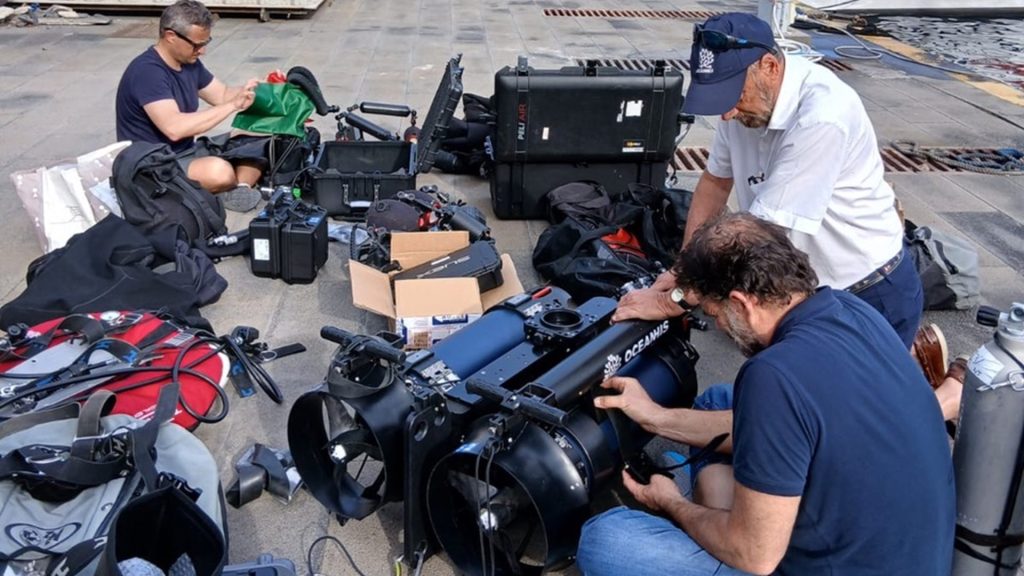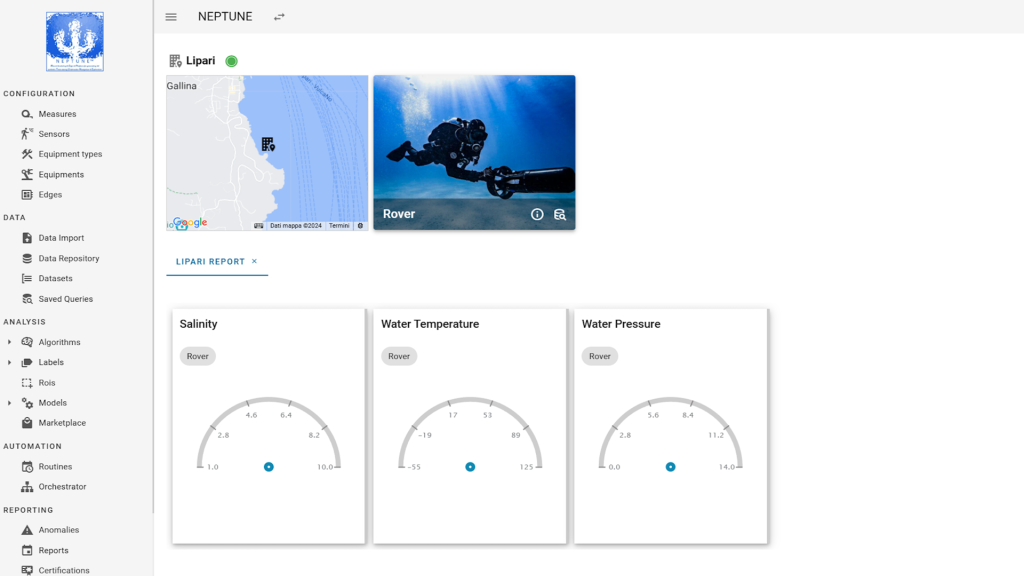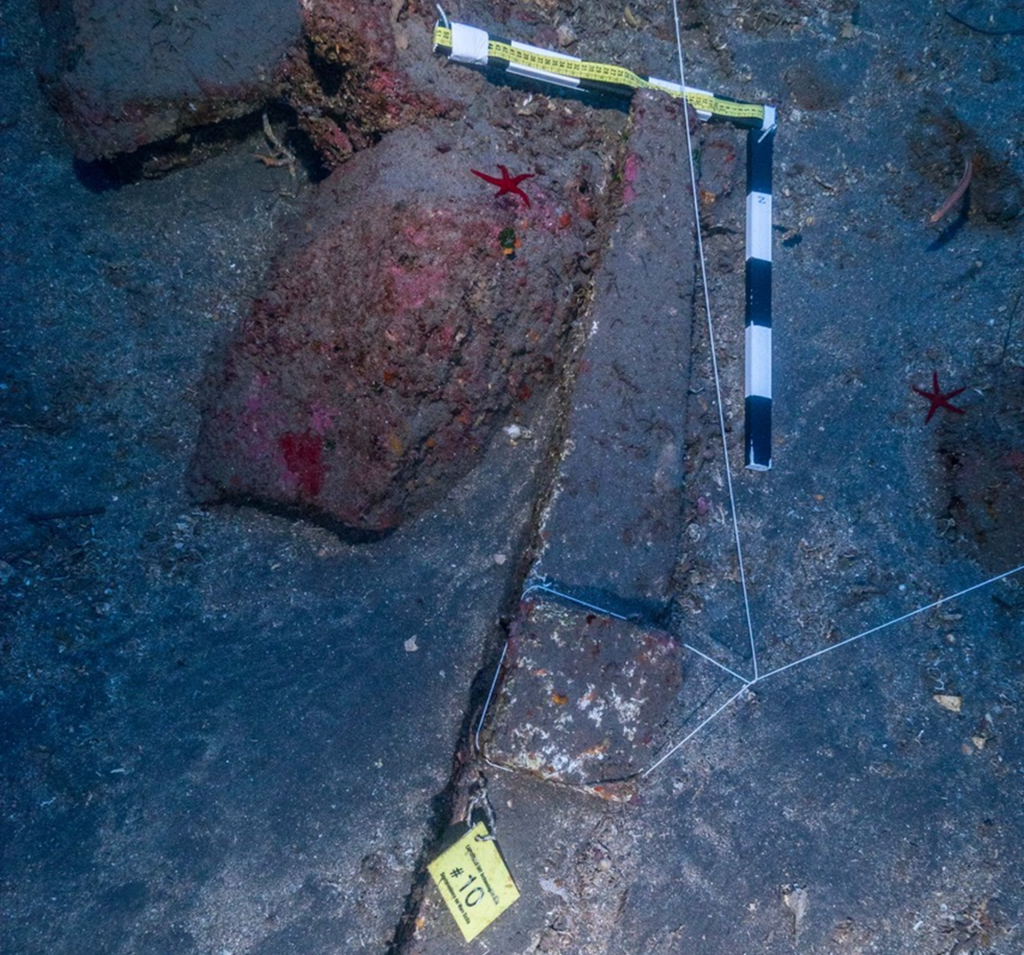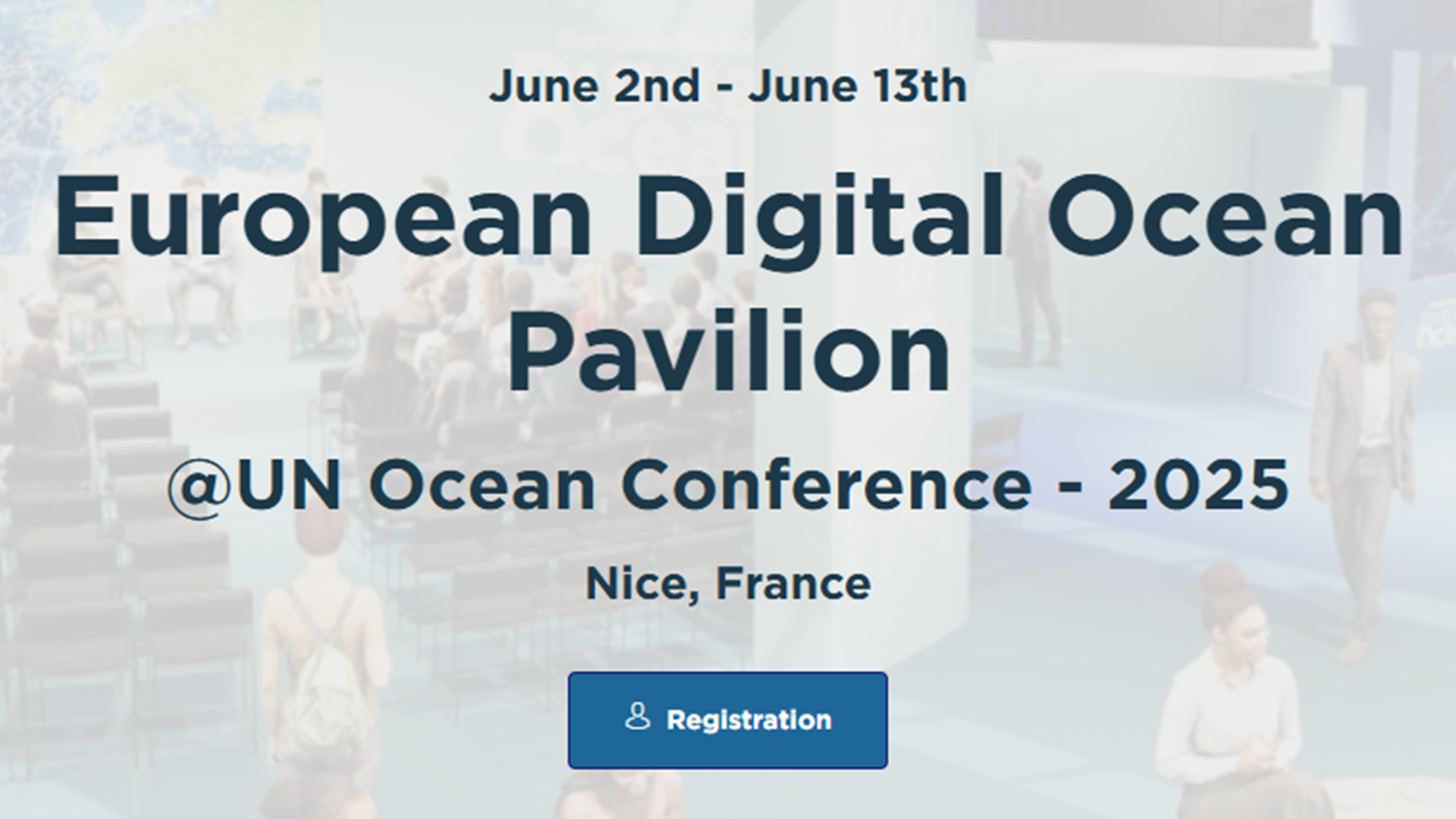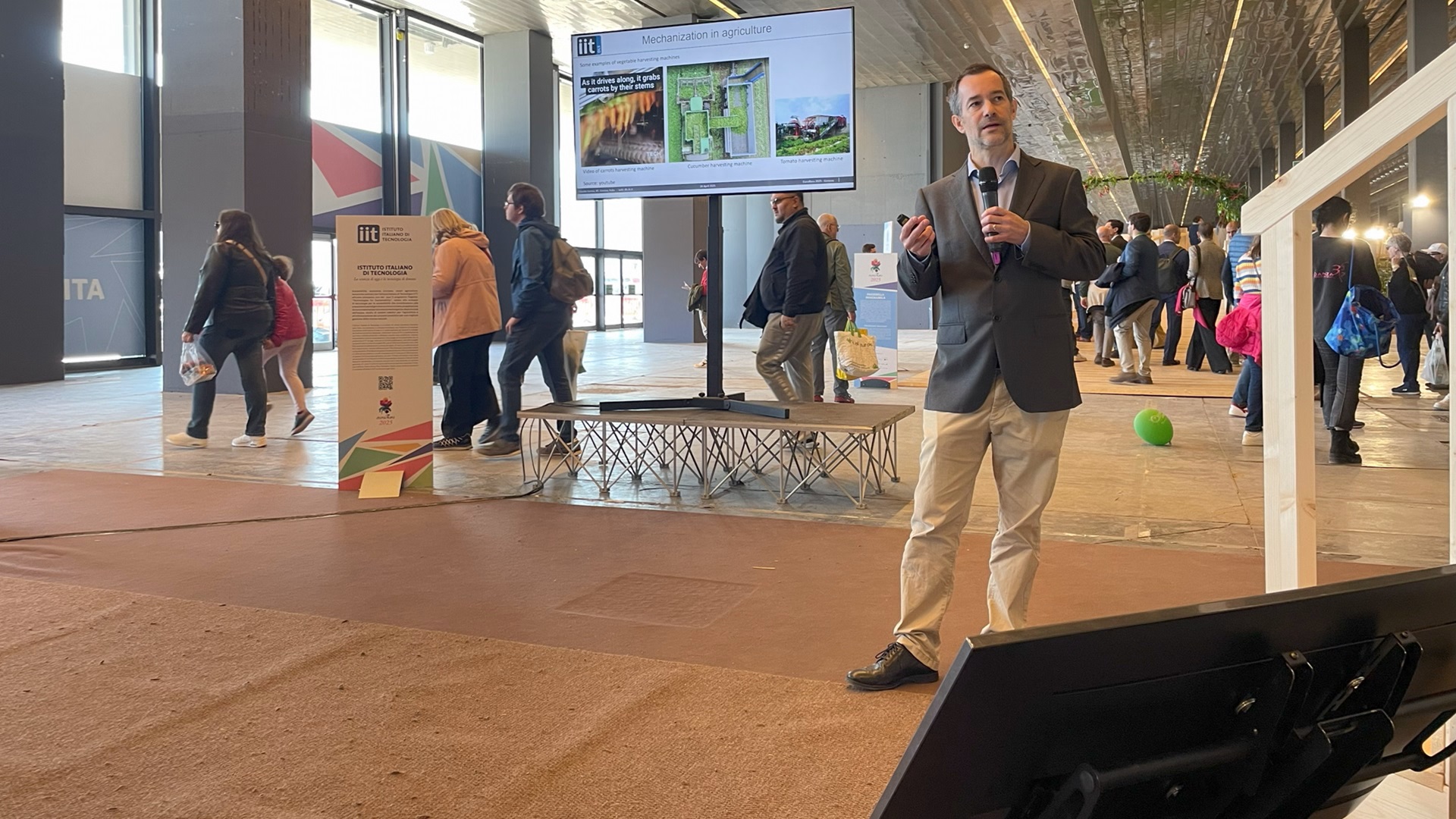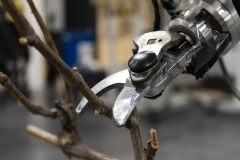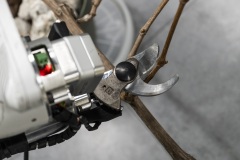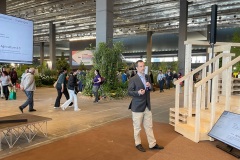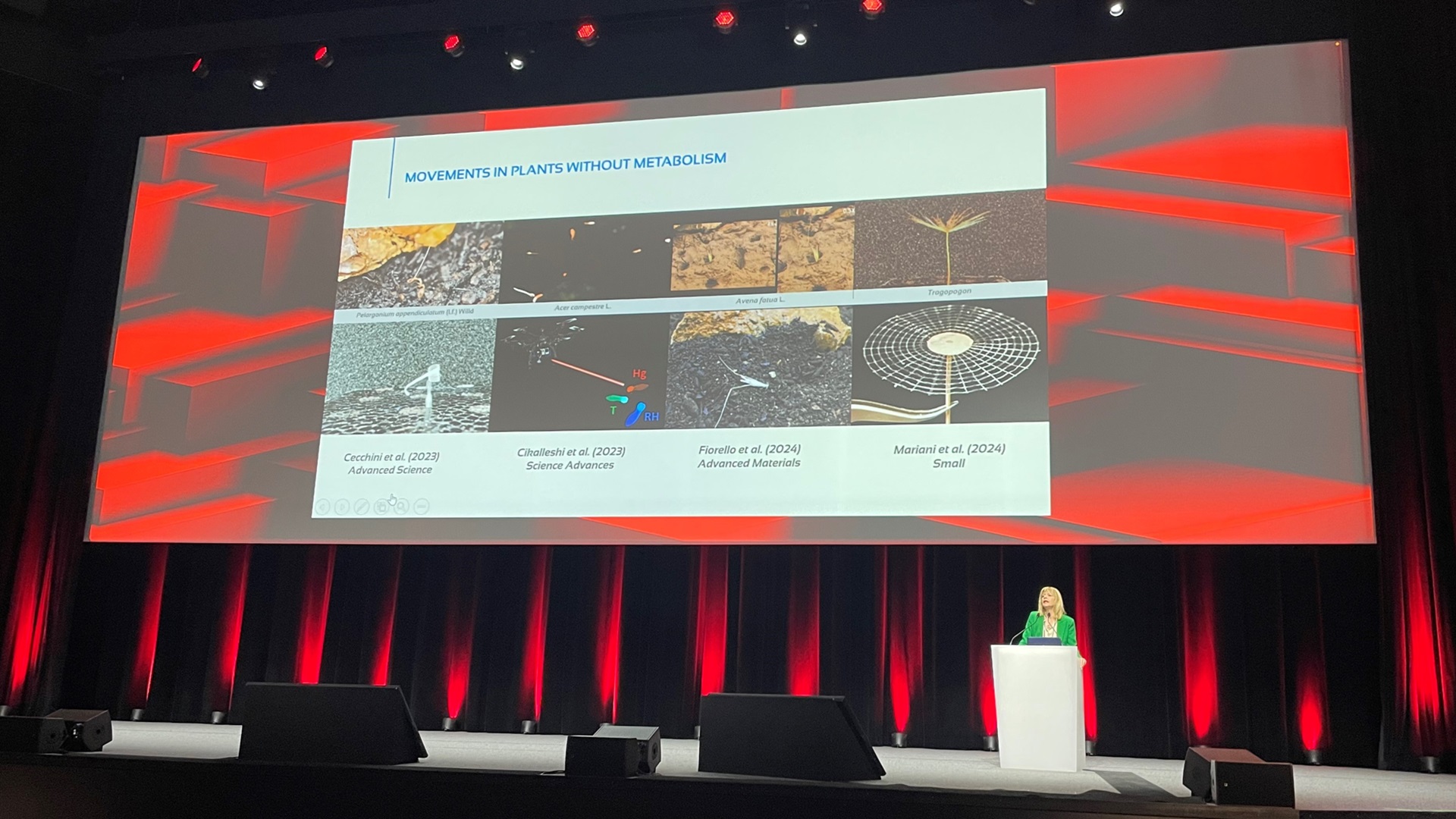During the 19th edition of the International Conference on Intelligent Autonomous Systems (IAS), currently underway in Genoa until July 4, the SIMBA project – Integrated Systems for Biological and Environmental Monitoring – was officially presented.
Matteo Baldoni, Modeling & Simulation Engineer at Spindox S.p.A., shared the project’s goals and results during a dedicated session on the application of artificial intelligence to autonomous systems for environmental monitoring.
SIMBA is a collaborative research project funded by the RAISE program under Spoke 3 and led by a consortium of five partners: OnAIR (project leader), Spindox, FOS, Ecotox LDS and A-Sign.
The initiative aims to develop autonomous environmental monitoring systems based on artificial intelligence and edge computing, capable of operating in real time directly in situ through low-power devices.
During the presentation, four demonstrators developed by the consortium were introduced, each addressing different aspects of aquatic environmental monitoring.
The Smart Subsea Observatory monitors phytoplankton blooms using a configurable network of sensors. It integrates an edge platform based on Raspberry Pi with microcontroller-based power management and employs AI models to detect anomalies in multivariate environmental data.
The Portable Ecotoxicology Kit analyzes water samples by observing the locomotor behavior of aquatic organisms, such as Artemia, through speed tracking and swim pattern analysis. The kit is built on the Jetson platform, equipped with an infrared camera and a customized graphical interface.
The Barnacles Behavior Tracker monitors barnacles by analyzing cirral extension and oral opening. Artificial intelligence identifies behavioral and morphological changes, enabling the system to function as a natural biosensor for detecting pollution and environmental stress.
The Riverbed Mapping via Satellite AI processes Sentinel-2 satellite images and aerial photographs to segment riverbeds and extract morphodynamic features. This approach utilizes foundation models such as SAM2 for segmentation and SATLAS for super-resolution.
All demonstrators have already passed an initial field validation phase, showing significant potential to improve the accuracy and scalability of environmental monitoring. The results suggest promising directions for supporting environmental policy and achieving sustainable development goals.
“I personally believe strongly in the dialogue between industrial and academic research,” commented Matteo Baldoni at the end of his presentation. “Academic research tends to abstract problems and seek general solutions, while industrial research is inevitably constrained by the limits and demands of real-world applications. It is often from this confrontation that innovative solutions emerge, some of which we’ve successfully adapted to meet our clients’ specific needs.”
The IAS 2025 conference, focused on the theme “Ethical, Responsible, and Inclusive Robotics”, is providing an important platform for exchange among researchers, companies, and institutions, enabling the sharing of innovative approaches in robotics, artificial intelligence, and autonomous systems. Within this context, the presentation of the SIMBA project offered a significant contribution to current challenges in intelligent environmental monitoring.

